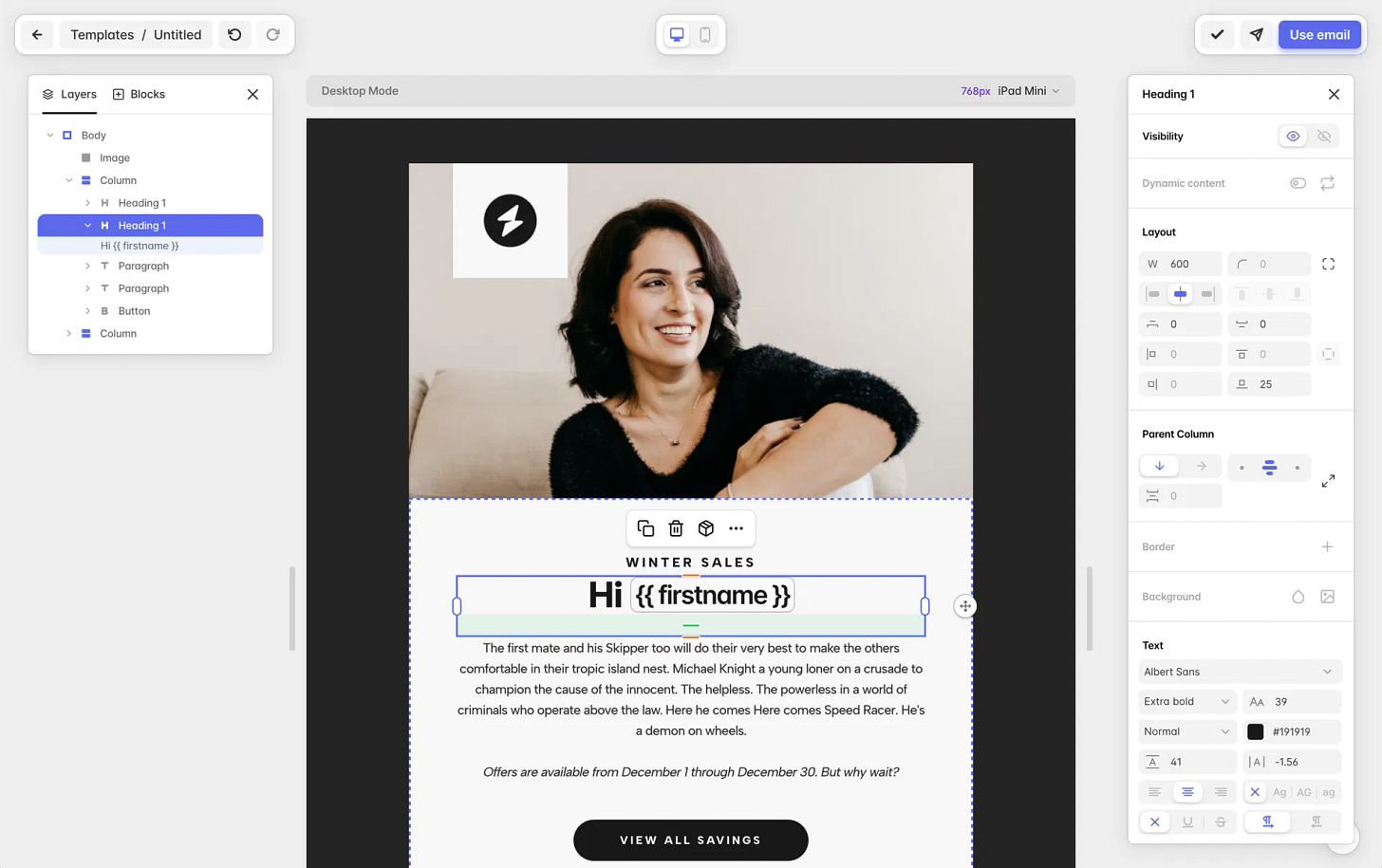Effective Personalization for Email Marketing
Why Personalization Matters in Email Marketing
Personalization goes beyond simply addressing recipients by their first names. It involves tailoring content, offers, and messaging based on user data, preferences, and behaviors. Research shows that personalized emails deliver 6x higher transaction rates compared to non-personalized ones. Furthermore, 72% of consumers state that they only engage with marketing messages tailored to their interests.
When done right, personalized email marketing can:
Increase open and click-through rates
Boost customer loyalty and trust
Reduce unsubscribe rates
Improve overall conversion rates
The Role of Data in Personalization
Successful personalization relies on collecting and analyzing customer data. This includes past purchase behavior, browsing history, geographic location, and even the time they’re most likely to open an email. With platforms like Tabular, marketers can create dynamic and adaptable email templates that cater to diverse audience segments. Once these templates are ready, tools like Mailchimp can be used to build, automate, and monitor campaigns effectively.
Key Strategies for Effective Personalization
Segment Your Audience: Divide your email list into smaller segments based on demographics, purchase history, or engagement levels.
Leverage Dynamic Content: Use content blocks within your email templates that change based on user preferences.
Send Behavior-Triggered Emails: Automate follow-up emails based on actions such as cart abandonment or product views.
Test and Optimize: Regularly A/B test your campaigns to understand what resonates best with your audience.
The ROI of Personalized Email Campaigns
A report by Statista found that personalized email campaigns generate an average ROI of $42 for every $1 spent. Additionally, brands that excel in personalization see a 20% increase in customer satisfaction rates. These numbers highlight the undeniable value of crafting emails that speak directly to each recipient.
Checklist for Implementing Personalization in Email Marketing
Collect and Analyze Customer Data: Gather data on customer behavior, demographics, purchase history, and interactions.
Segment Your Audience: Group your audience into meaningful segments (e.g., frequent buyers, cart abandoners, inactive users).
Create Dynamic Email Templates: Use tools like Tabular.email to design templates that adjust content based on user segments.
Automate Campaign Workflows: Utilize Mailchimp to set up automation workflows (e.g., cart abandonment emails, welcome series).
Craft Personalized Subject Lines: Write engaging subject lines tailored to each segment.
Include Relevant Content: Ensure your email content aligns with user preferences and past behavior.
Test and Optimize Campaigns: Perform A/B testing on subject lines, CTAs, and email layouts.
Monitor Performance Metrics: Track open rates, click-through rates, and conversions.
Refine Based on Insights: Use analytics to tweak and improve your campaigns.
Update Audience Data Regularly: Keep your customer data fresh and accurate.
Final Thoughts
Personalization isn’t just a buzzword; it’s a proven strategy for improving email marketing outcomes. By leveraging tools like Tabular for building email templates and Mailchimp for seamless campaign execution, marketers can create emails that don’t just land in inboxes but actually get read and acted upon.
The key takeaway? Know your audience, personalize your content, and deliver value with every email you send.
